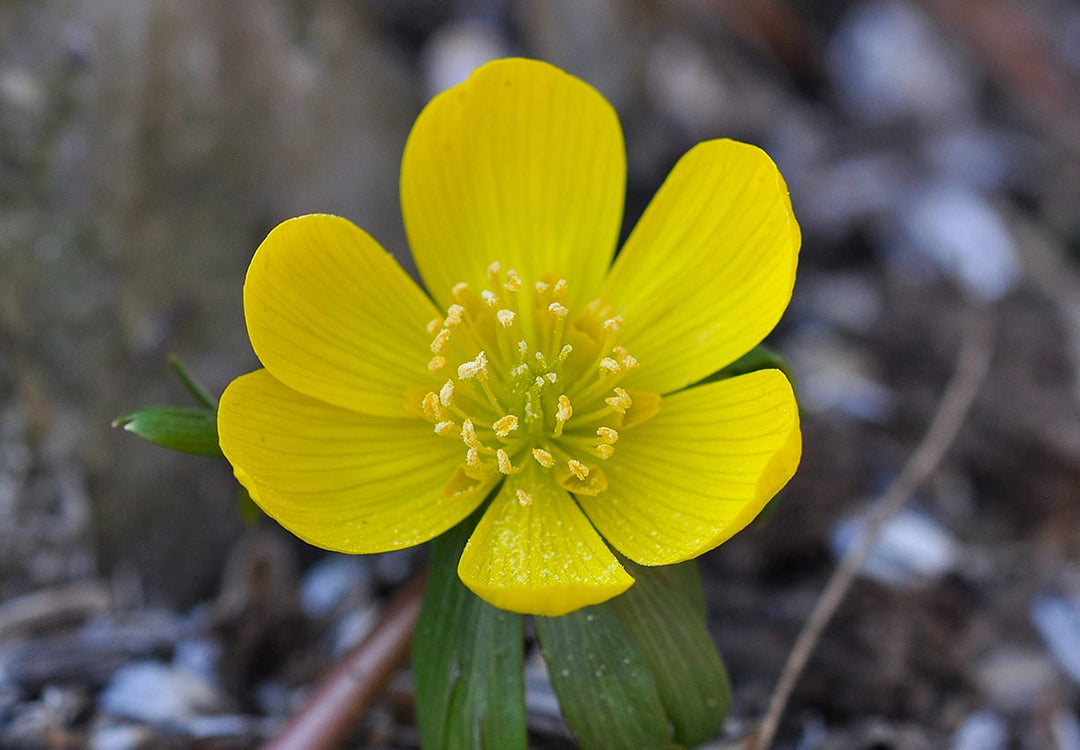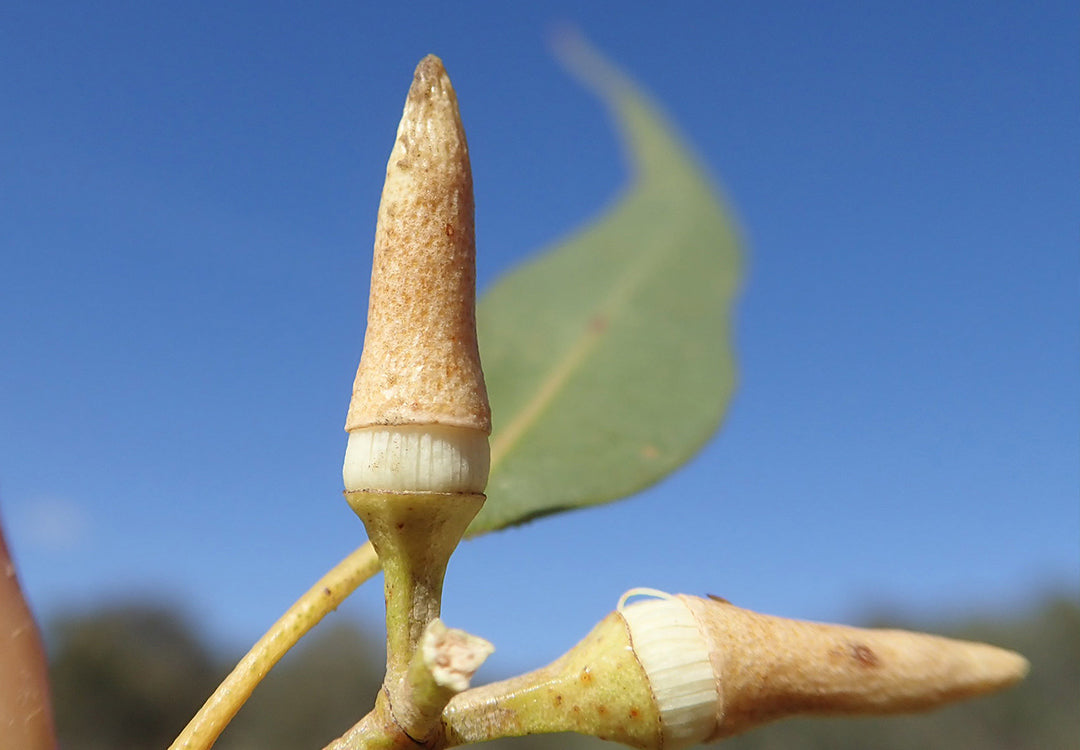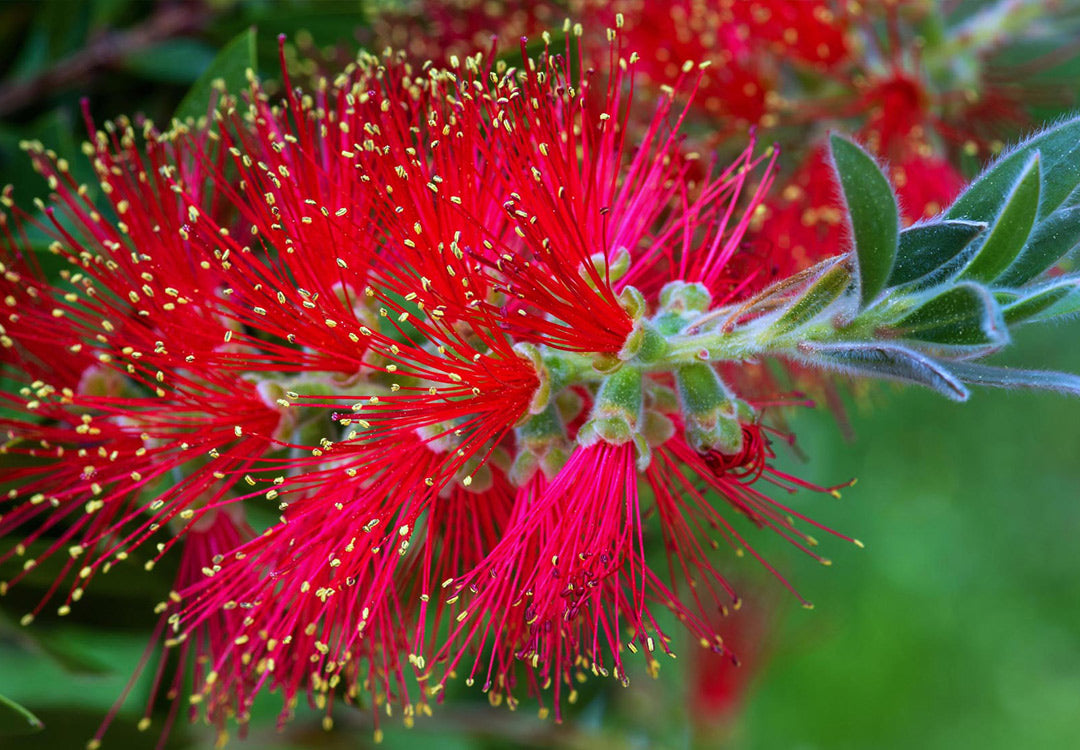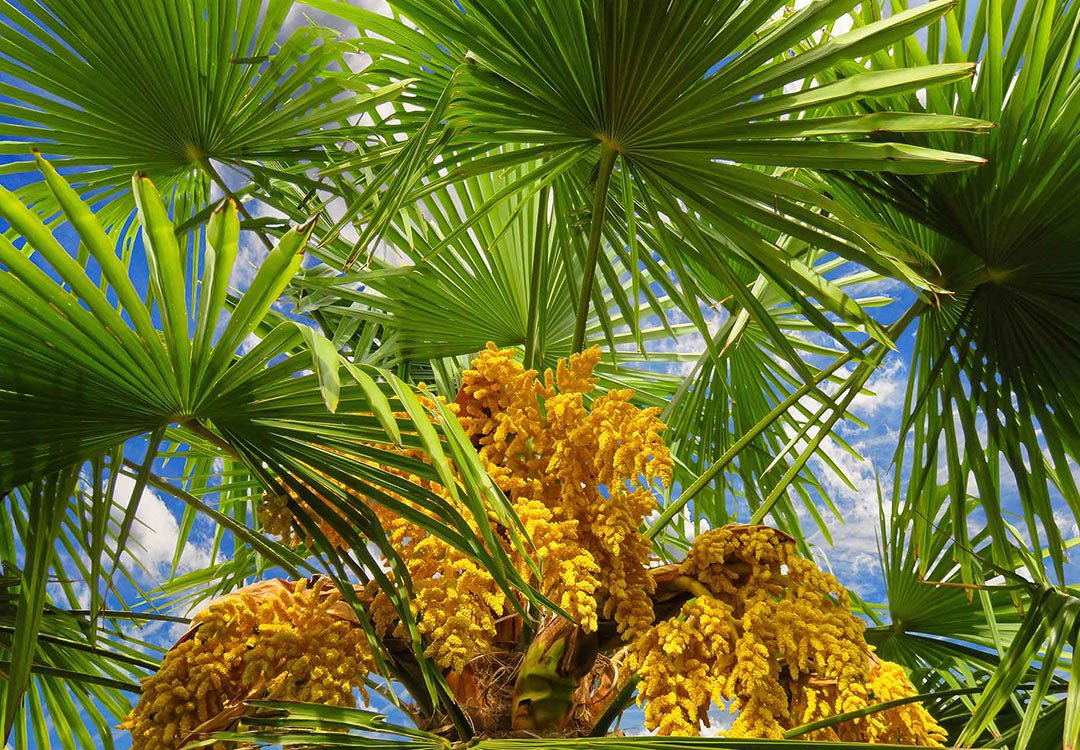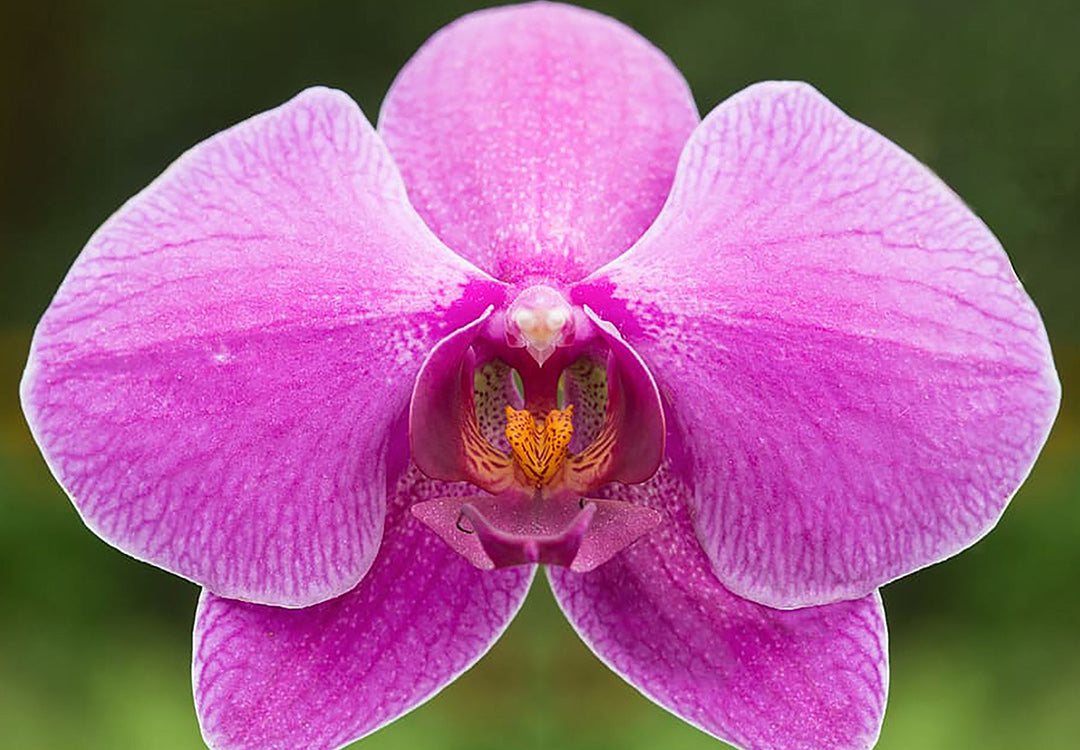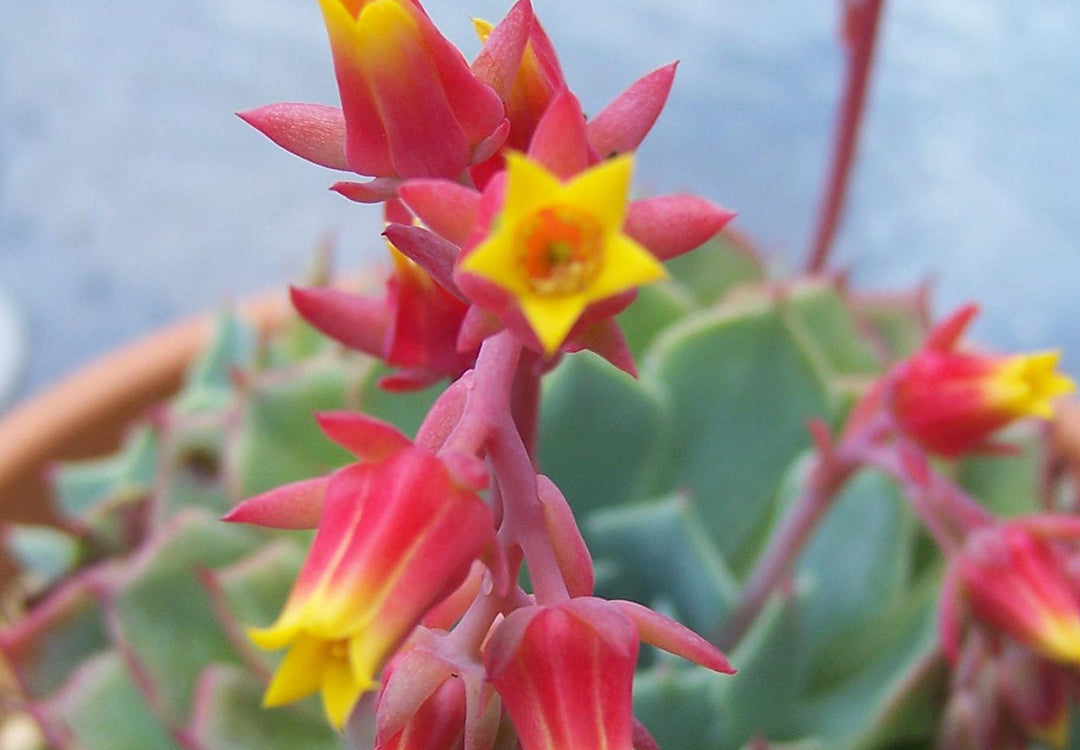Rosaceae, The Rose Family
The rose family is a family of flowering dicots that are considered to be one of the most important plant families economically speaking. Under its umbrella are examples such as apples, pears, plums, cherries, almonds, strawberries, blackberries, and of course roses. Description Family members vary in size from tiny wildflowers to large fruit trees. They’re often woody with a few
Continue reading
